|
Last week, I worked on a fun commission: restoring an antique towel cover. This particular piece is over a hundred years old and has been in the owner's family from the beginning. The cover sports typical symbols known from Dutch and German cross stitch samplers: vases with flowers, pomegranates, peacocks and women in folk costume. The embroidery was executed with cotton perle #5 in only six colours: pale yellow, orange, red, light blue, medium blue and dark blue. Whilst the blue threads are still in perfect condition, the red and orange have completely gone and the yellow has gone in some places too. A stark example of the influence of a particular dye on thread survival! The fabric is a fine closely woven linen measuring 59 cm from selvedge to selvedge. Peculiarly, the selvedge is still perfect on the right, but starts to fray on the left. Any thoughts on this? Since the pattern is quite fun and I know that there a cross stitch and sampler fans among my readers, I've transcribed the pattern and offer it as a free download here. Note: the colours stated in the pattern are not exactly the original colours. Rather they are a red, orange, yellow and three blues in Anchor stranded cotton. I mended this sampler using antique threads made by DMC and Schürer. The exact colours were not or no longer available from either DMC or Anchor.
P.S. just to add to the 'leaving a knot on the back' debate: the knots were the only things remaining when it came to the red and orange threads :)
13 Comments
Remember the mystery flea market find from the Netherlands I showed you two weeks ago? Elaine Cochrane wrote me an email to tell me that she had a similar piece from England. Hand-painted details with silk embroidery on a silk background. This is Elaine's piece: By now, Google was finally producing some useful results too! Auction websites list several pieces called 'silk embroidery sampler or tapestry' which look very similar to Elaine's piece. The very fine seeding stitches covering the background are called stipple work by the antique dealers. Pieces are either listed as of French or English origin. Some pieces are rather large and others are of the oval type seen above. The quality of the stitching differs widely, as do the materials used. Some use only silk threads, others add gold threads and chenille. If you would like to explore these auction listings for yourself, ask Google for 'Georgian silk embroidery'. Now what are these pieces and who made them? Well, thanks to the fabulous blog Austenonly I learned that they were made by women in the late 18th and early 19th centuries. It was a time when women did mostly not receive a sound academic education and were instead send to a ladies' academy. Here, the young daughters of the upper-class were taught ladies accomplishments such as etiquette, music and needlework. A famous woman who hated this type of education was Dr. Aletta Jacobs, the first Dutch woman to be enrolled at a university.
I am wondering if these fine ladies painted the background of these silks themselves. Or were they supplied with painted silks and then embellished them with stitches? In that case: who were the painters? It seems to me that it is quite a niche market and thus more likely that these painted silks were a side-kick of another industry. Your thoughts on that are greatly appreciated! With regard to the scene depicted on my flea market piece, Rachel from VirtuoSew Adventures had an interesting thought: what if it depicts gentry playing countryside? It was a fashionable past-time at the end of the 18th century. Most famous for the Hameau de la Reine; a peasant village built near Versailles for Queen Marie-Antoinette. She and her court could live the simple life there. Quite a possibility. Comparing Elaine's piece and the pieces on the auction sites on the one hand and my piece on the other, does show that the style is quite different. The general idea is the same: silk embroidery on a painted silk background. An explanation for the difference in style could be its Dutch origin or my piece could be of a different (probably younger) date. Unfortunately, I am not able to find any Dutch finds on the internet. So if there is anybody out there with a suggestion where I could go and ask for information, please leave a comment! Autumn has truly arrived in this part of the world. No more summer dresses or breakfast on the balcony. Alas, the rainy weather is perfect for a little stitching. Or, for coming with me on a virtual trip. Pour yourself a cup of tea, raid the biscuit tin and enjoy! Since a couple of months, Mindelheim boosts a textile museum housed in the spectacular building of the Jesuit College. Being such a new museum, the whole collection is excellently lit by LED-technology. Not only can you actually see the individual stitches, you can even take decent pictures. And that's exactly what I did as the museum is so new, they don't sell a catalogue. The textile museum starts with a nice timeline display of fashion. Then there is a room with fashion accessories like fans, bags and gloves. Many of which sport some form of embroidery. Past the fashion displays, you land in a set of small rooms filled with different types of embroidery and (needle)lace. The museum collection is tilted heavily in the direction of whitework and lace. Not a bad thing at all, just something to keep in mind. Another display has a number of exquisite samplers. And then there is a nice little display filled with silk embroidery and goldwork. Especially the samplers and the unfinished work is really practical if you want to study this particular technique. Intersperced between the displays, are single works of embroidery. Some of really high quality, others more of the leisurely type. There are also a number of Chinese embroideries on display. After the embroidery displays, you'll enter the lace rooms. There are fantastic (and huge!) examples of needlelace. They even have a large cupboard with drawers where smaller items are stored. Pulling out the different drawers is very rewarding. So many excellent pieces. And some of the pieces even have a royal connection!
If you are ever in the area, do visit this gem of a museum. You can even bring your menfolk as the archaeology museum and the art museum are housed in the same building. Still afraid that they might bore themselves? Store them at one of the many cake shops lining the streets of this medieval town! |
Want to keep up with my embroidery adventures? Sign up for my weekly Newsletter to get notified of new blogs, courses and workshops!
Liked my blog? Please consider making a donation or becoming a Patron so that I can keep up the good work and my blog ad-free!
Categories
All
Archives
July 2024
|
||||||
Contact: info(at)jessicagrimm.com
Copyright Dr Jessica M. Grimm - Mandlweg 3, 82488 Ettal, Deutschland - +49(0)8822 2782219 (Monday, Tuesday, Friday & Saturday 9.00-17.00 CET)
Impressum - Legal Notice - Datenschutzerklärung - Privacy Policy - Webshop ABG - Widerrufsrecht - Disclaimer
Copyright Dr Jessica M. Grimm - Mandlweg 3, 82488 Ettal, Deutschland - +49(0)8822 2782219 (Monday, Tuesday, Friday & Saturday 9.00-17.00 CET)
Impressum - Legal Notice - Datenschutzerklärung - Privacy Policy - Webshop ABG - Widerrufsrecht - Disclaimer

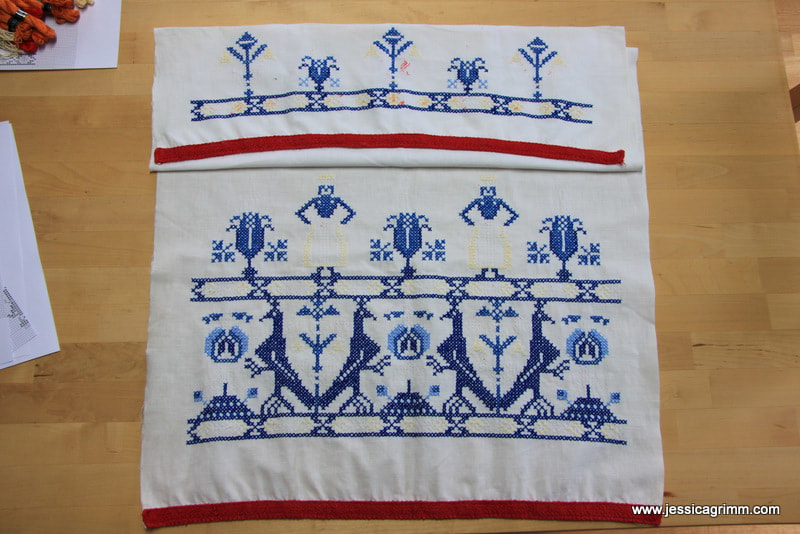
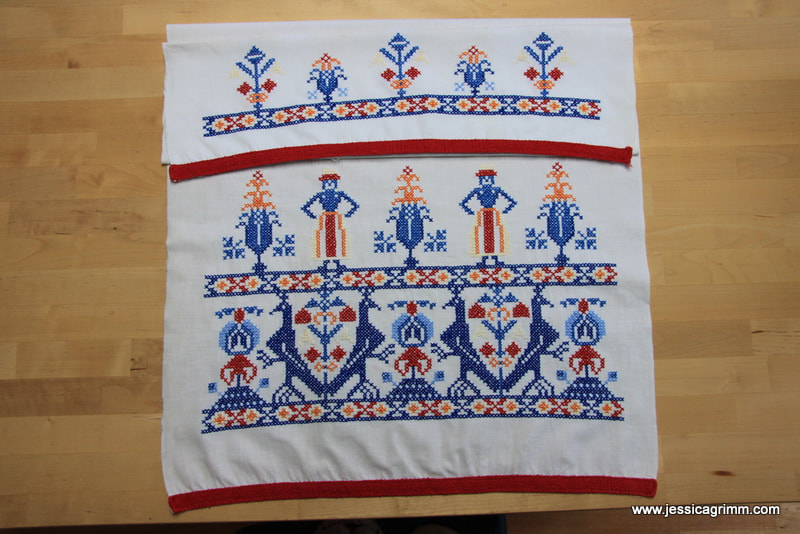
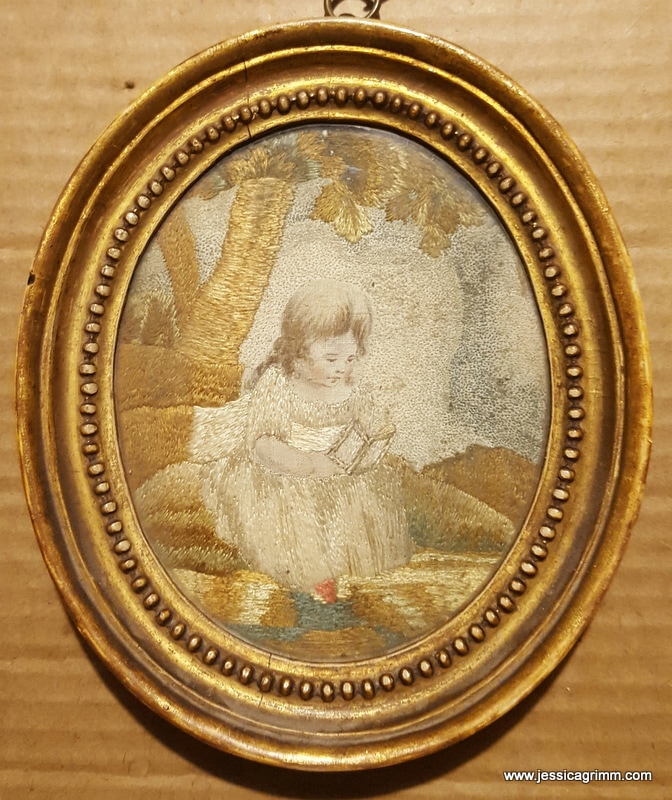
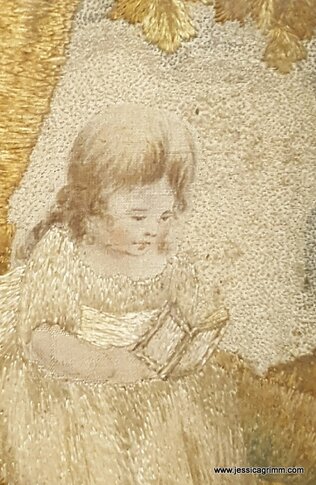
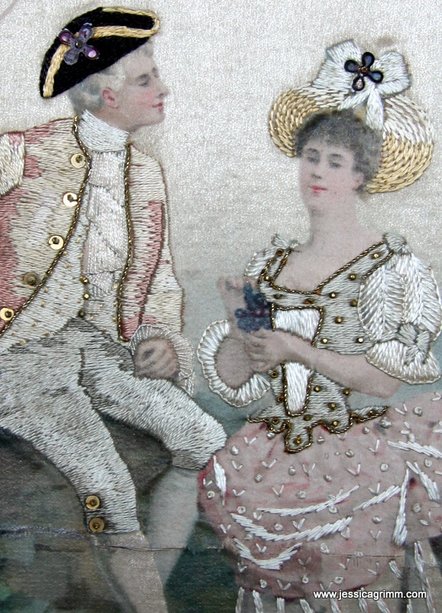
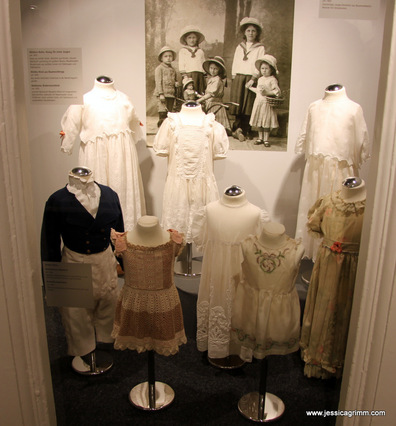
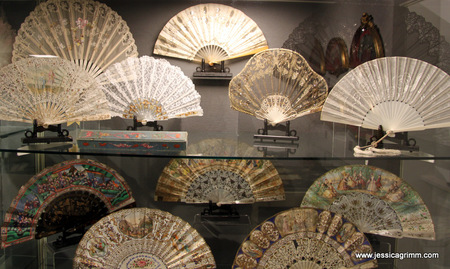
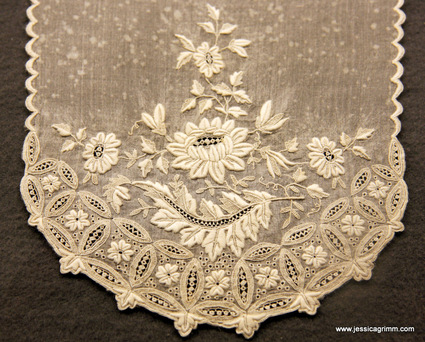
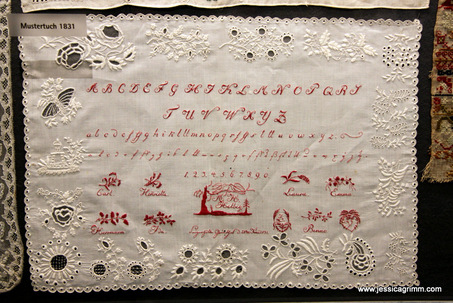
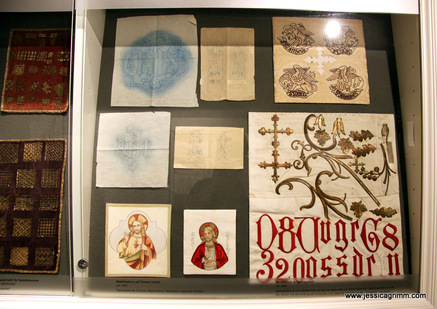
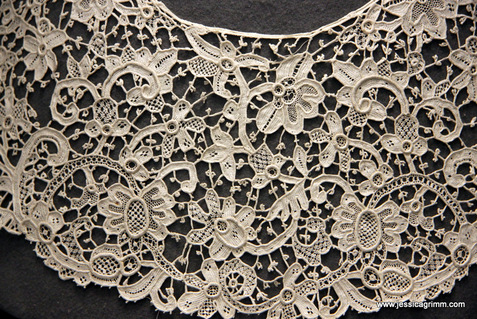





 RSS Feed
RSS Feed